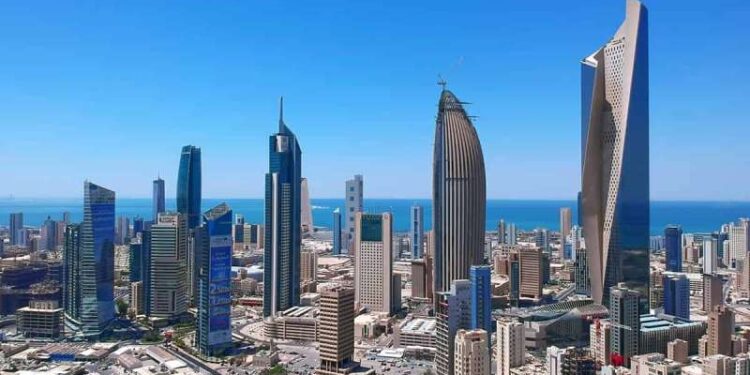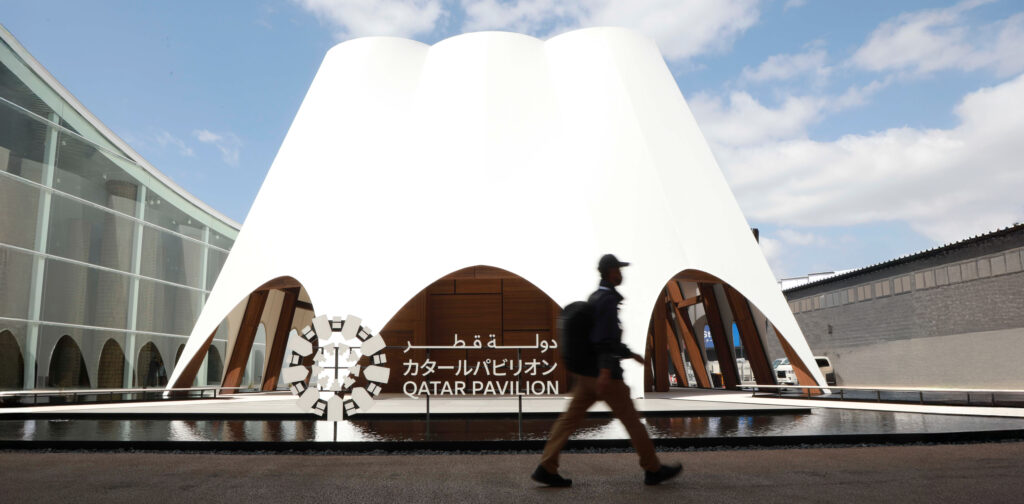The rating agency Fitch expects that U.S. tariffs will have only “limited direct impact” on the business environment of banks in the Gulf states. However, the indirect effects—such as falling oil prices and a weakening global economy that could lead to reduced government spending—are likely to be more significant.
According to a statement by Fitch, hydrocarbons (oil, gas, and related substances) dominate Gulf exports to the U.S., and these are exempt from U.S. tariffs. Non-hydrocarbon exports, which are subject to 10% or 25% tariffs (e.g., on aluminum and steel), represent only a small share, thereby limiting the direct impact of tariffs on Gulf economies and the banking environment.
Fitch sees the main risks to the banking business environment in the Gulf Cooperation Council (GCC) in declining oil prices and weak global demand. Government spending is a key factor for the banking sector in most GCC countries, and a further drop in oil prices could negatively affect Fitch’s forecasts for credit growth, which recently has mostly aligned with 2024 levels.
In March, Fitch lowered its global GDP growth forecast to 2.3% for 2025 and 2.2% for 2026. According to the agency, risks clearly point toward further slowing. This could increase pressure on global commodity prices—particularly hydrocarbons, which constitute the main source of government revenue in the Gulf and traditionally support economic activity and the banking sector through public expenditure.
Fitch emphasized that market balance and oil prices are primarily determined by global economic developments and OPEC+’s management of oil supply. As of January, OPEC+ had significant spare capacity of over 6 million barrels per day and announced plans to begin easing production cuts from April.
Before the tariffs were introduced, Fitch expected that the non-oil GDP of the Gulf states would grow by more than 3.5% in both 2025 and 2026. However, a decline in oil prices and government revenues could lead to a noticeable slowdown in non-oil economic activity and public spending—subsequently weighing on banks’ credit growth prospects in the GCC.
The report notes that lending conditions for GCC banks could worsen if companies in affected sectors face profit and cash flow declines due to rising operational costs and inflation-related burdens from tariffs.
Furthermore, companies could be confronted with higher financing costs due to uncertainty about interest rate developments and possible delays in rate cuts. This pressure on businesses could reduce overall demand for loans and ultimately lead to an increase in credit risk for banks, as well as a rise in non-performing loans, according to the report.
Nevertheless, Fitch stresses that Gulf banks are generally well-positioned to absorb a potential deterioration in their business environment. Many banks have strengthened their capital reserves in recent years—supported by high profits resulting from rising oil prices, interest rates, solid liquidity, strong economic activity, and favorable lending conditions.
Fitch notes that banks in Bahrain could be the most affected by a downgrade, as their rating stands at “B+.” The outlook for the banking environment in the rest of the GCC remains stable—except for the Sultanate of Oman, where the outlook is positive.
These countries have stronger credit profiles and higher ratings:
– Saudi Arabia: (A+)
– Qatar: (AA)
– United Arab Emirates: (AA–)
– Kuwait: (AA–)
– Oman: (BB+)
According to Fitch, this reflects greater financial resilience, stronger reserves, and a higher capacity to absorb economic shocks and sustain government spending to boost economic activity.









